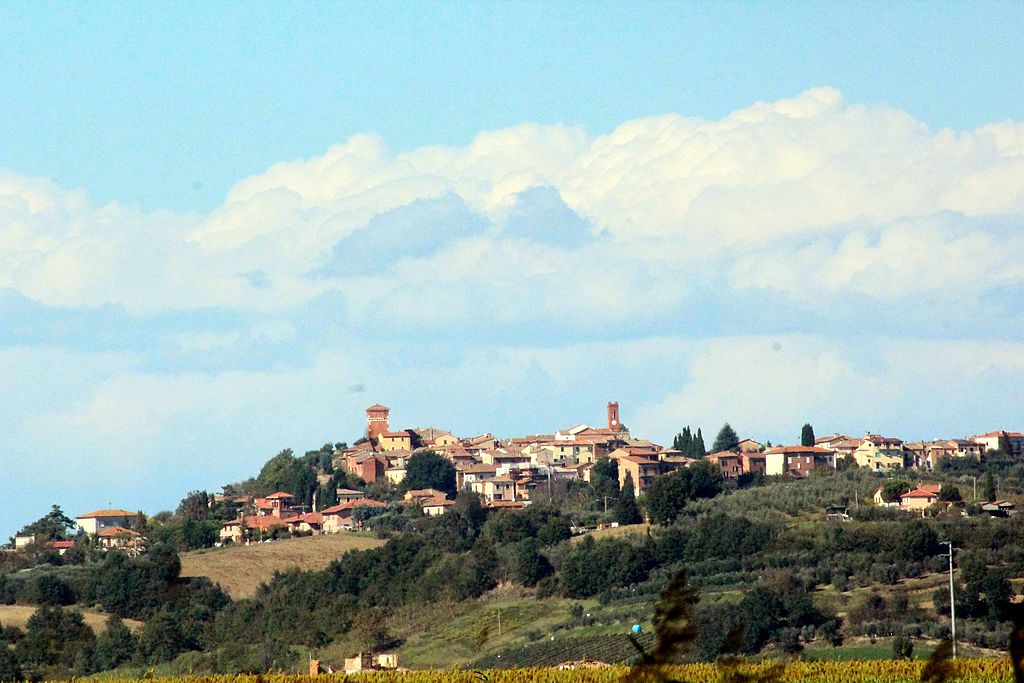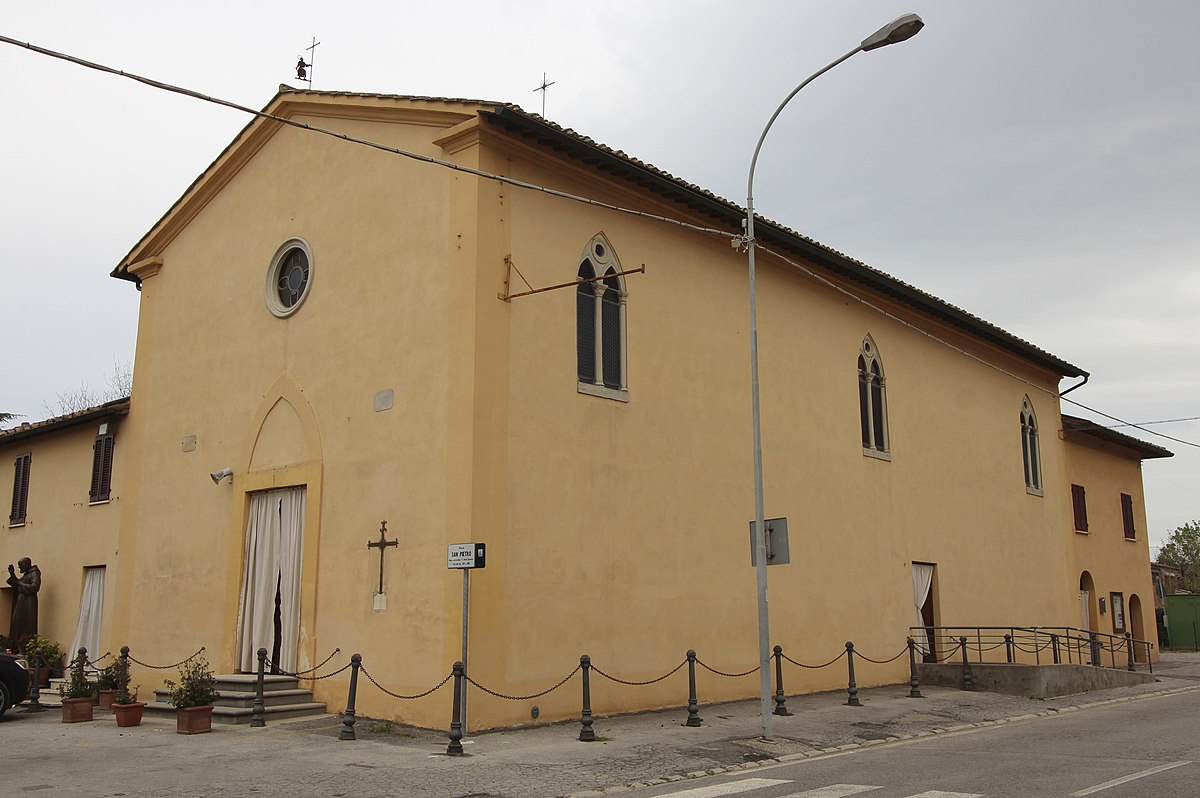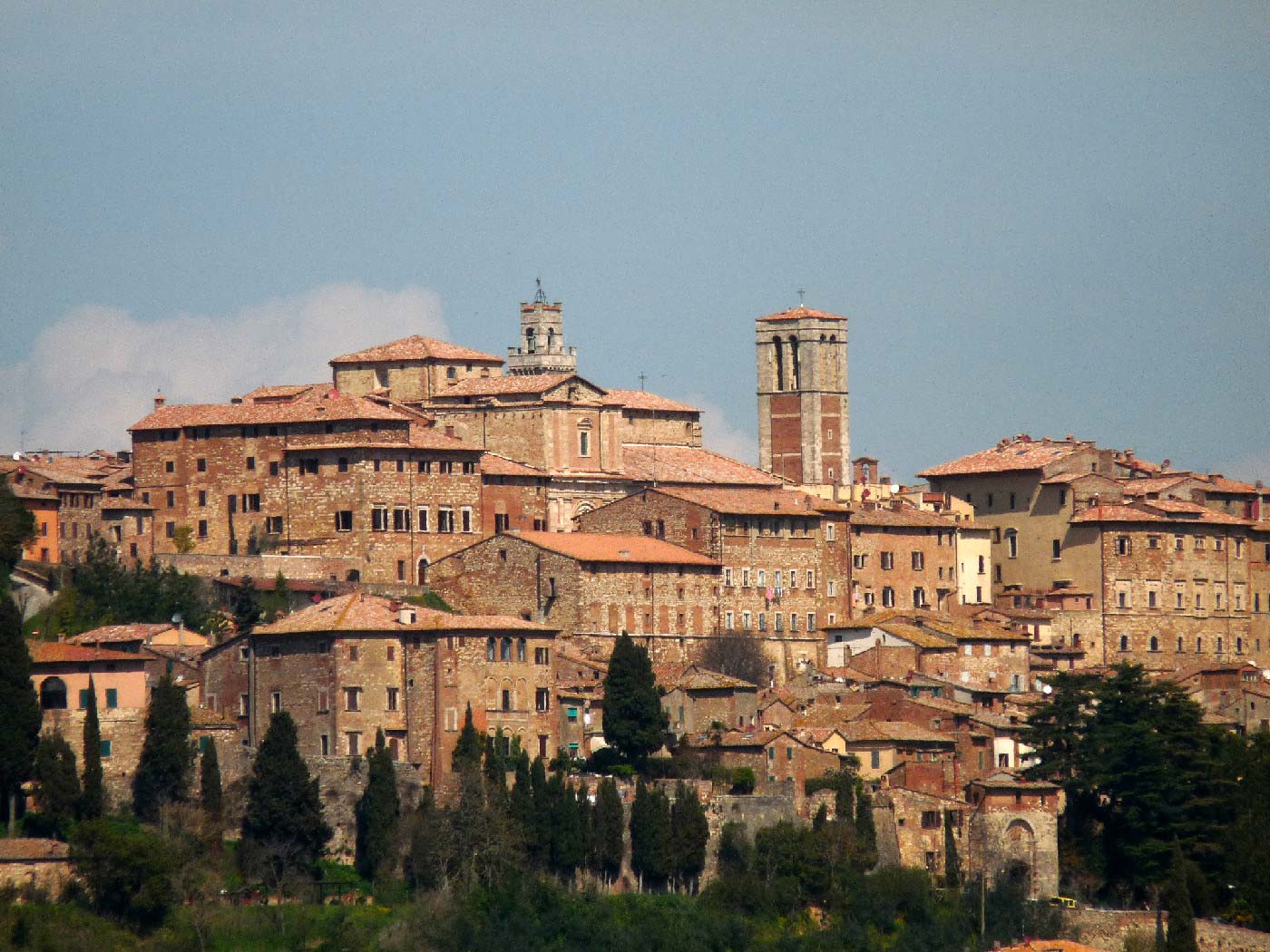Must-sees out of the historical center of Montepulciano
27 November 2018
Even though Montepulciano is renowned for its beauty, wine productions and historical events dating back to the Middle Ages, the villages that surround Montepulciano are just as rich and shall be included too within a travel itinerary to discover the wonders of Italy.
Starting your journey from Valiano

Credits: LigaDue [CC BY-SA 4.0 (https://creativecommons.org/licenses/by-sa/4.0)], da Wikimedia Commons
Among the green hills cultivated with rows of Vino Nobile, it offers the opportunity to visit the castle built in 1100 and which had been, due to its strategic position in medieval times, disputed and then dominated by the nearby feudal cities of Perugia, Siena, Florence and Montepulciano to which Valiano was then annexed in 1774. Do not miss the church of San Lorenzo Martire which preserves the relics of the patron saint and many works of art.
The hamlets of Montepulciano

Chiesa di San Pietro, Credits: LigaDue [CC BY-SA 4.0 (https://creativecommons.org/licenses/by-sa/4.0)], da Wikimedia Commons
Going north, Abbadia, formerly badia de ‚Caggiolari or badia Crepaldo, a name coming from the Abbey of San Pietro that once stood here and of which today remains a homonymous church. This village overlooking the Val di Chiana has also grown thanks to a branch of the via Laurentina that still runs through it.
Just a few kilometres away from Montepulciano, Gracciano has its origins going back in time. Indeed, it was mentioned for the first time in a document dated 775 kept in the archives of the Abbey of S. Salvatore al Monte Amiata and then in a document of 862. It also seems that from this town derives the name of the Porta di Gracciano, dating back to 1300 and renovated by Sangallo in the 1500s, in the walls of Montepulciano.
What to see in Acquaviva and Sant’Albino

Teatro della Società dei Concordi, Credits: Walter Giannetti [CC BY-SA 4.0 (https://creativecommons.org/licenses/by-sa/4.0), da Wikimedia Commons
Finally, it is worth visiting Sant’Albino, a small village in the Maddalena mountains known since ancient times for its sulphurous water mentioned in the Seventeenth Century by the scientist Leonardo Di Capua and, in the Nineteenth Century, by Tagioni Tozzetti in his work dedicated to the waters of this area. Today, thanks to its therapeutic properties, this water is used in the nearby Terme di Montepulciano.

Credits: By lo.tangelini [CC BY-SA 2.0 (https://creativecommons.org/licenses/by-sa/2.0)], via Flickr


